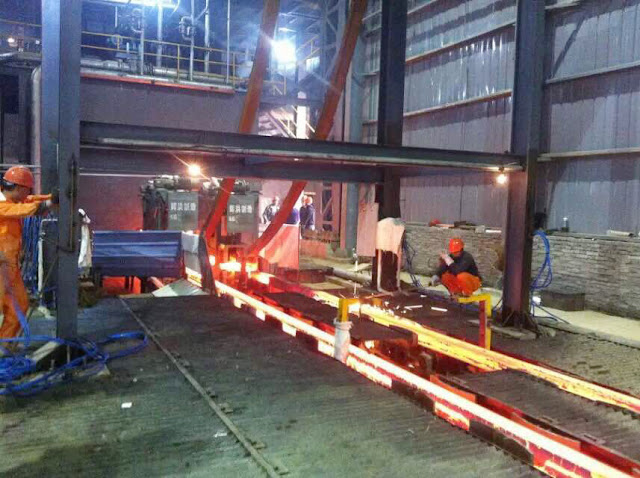Continuous Casting Process--Knowledge Points
5.Why should the tundish molten steel flow be adjusted during continuous casting?
During continuous casting, the tundish operation is an important part. Whether the molten steel can be supplied to the mold accurately and steadily has a great bearing on preventing the breakout accident and the surface and internal defects of the cast slab.
If the molten steel is supplied too much, there will be an accident of steel overflow from the mouth of the mold. Too little molten steel will cause the molten steel level in the mold to drop, which will adversely affect the cast slab's operation and quality.
The main factors governing the outflow of molten steel from the tundish are the depth of molten steel in the tundish and the diameter of the nozzle of the tundish.
The depth of the steel surface is generally 600~700mm. During the pouring process, the diameter of the nozzle is enlarged due to erosion of the nozzle, or the diameter is reduced due to the clogging of the nozzle, which will affect the flow rate.
The depth of the liquid level of the tundish steel has a great influence on the inclusions in the cast slab. The liquid steel level is too shallow, and the slag on the surface of the tundish will be drawn into the mold, so the depth must be kept above 300m.
To increase the residence time of the molten steel in the tundish and make the inclusions fully float up, it is better to require the molten steel to have a greater depth.
Do you have anything to add or suggest, please? Welcome to let me know your idea: saleswn@hanrm.com



Comments
Post a Comment